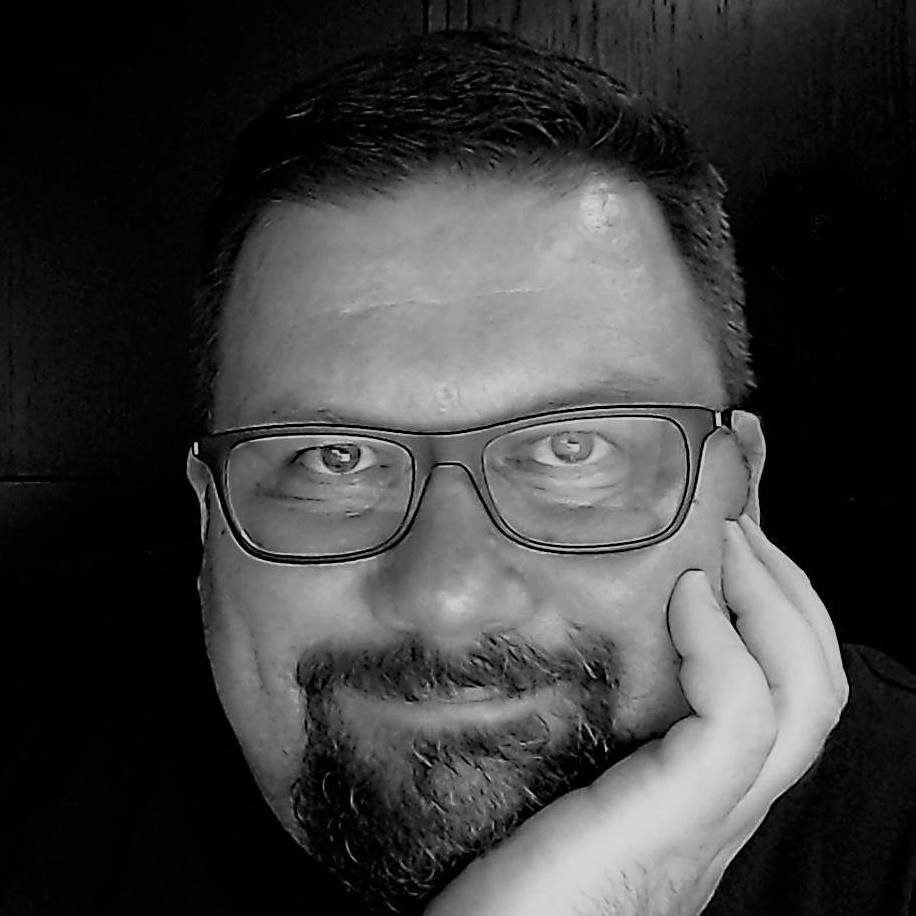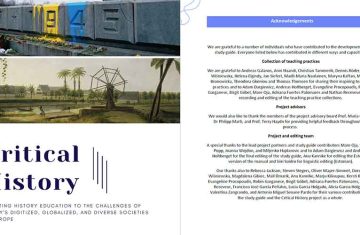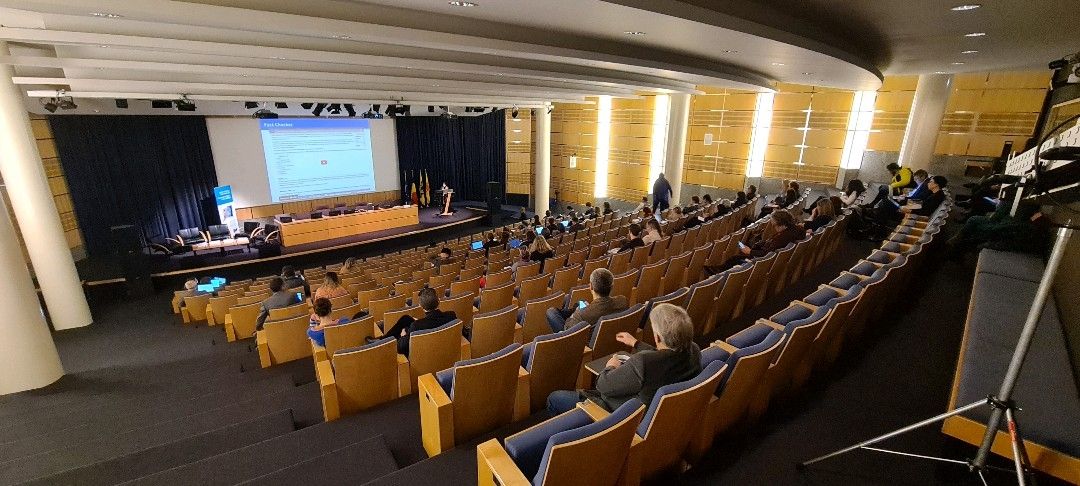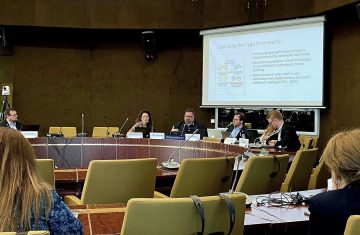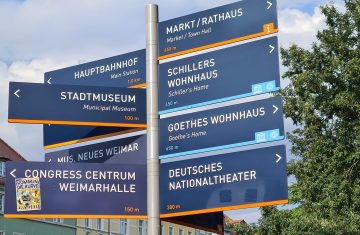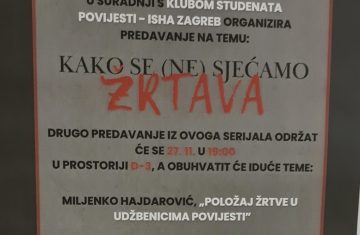The IHEA project team participated on August 24 in an educational program for Polish teachers at the Anne Frank House in Amsterdam. Richard Kennett, Helen Snelson, Pascal Tak, and Miljenko Hajdarović conducted workshops for 32 primary and secondary school teachers. The Polish teachers took part in various activities organized by the House of Peace (Fundacja Dom Pokoju), and over three days in Amsterdam, they had the opportunity to tour the museum section of the Anne Frank House and attend workshops hosted by EuroClio and the Anne Frank House. Our main goal was to present various teaching methods and integrate content from history and civic education.
Workshops conducted (summaries in English):
- Images of Europe around 1900 and 2000. A change and continuity exercise that leads participants to realise the ingredients of a more peaceful Europe in 2000 than in 1900.
- Why Europe was more peaceful in 2000 than 1900. A session on about causation and is a card sort, with links and peer review and post-it notes!
- Back on St. Louis. This session will combine the matter of Holocaust and the issue with refugees today using the story of the voyage of S.S. St. Louis. Groups will look at different groups of refugees and share their discoveries and compare the reasons that refugees had then and now, their struggle to find new life and find similarities and differences.
- Historical Empathy: Learning about peace through imagination. This session introduces the Avatar methodology in which students create a historical fictional character and write blogs or diary entries in which they reflect on events happening in their timeframe from the perspective of this character. Students are able to approach it open minded, because their avatar is fictional.
- Presenting the 1948 Hague Congress is taking a turning point. Using the materials from the 1948 Congress to challenge ‘students’ to present a display board about the event for the House of European history – involves them dissecting source material and deciding how and why the event is significant for modern Europeans to know about.
Back on St. Louis
One of the most common explanations for why we study history in school is “to understand the present.” Connecting past events with current affairs can help us explain causality and continuity. Since our main task was to try to connect history with civic education, I chose today’s most relevant topic for this opportunity: the issue of refugees and migration. Europe is at an important moral crossroads, faced with a wave of refugees from the Middle East, and its response to this challenge is inadequate. I named the workshop “Back on St. Louis,” alluding to the voyage of the ship St. Louis in 1939, when Jewish passengers fled Nazi Germany by sea but were denied entry at the ports where they tried to disembark.
For the workshop, I prepared materials for work in four groups, but due to the larger number of participants, I improvised two additional group topics on the spot. The group work materials and selected topics are highly layered and can be approached in various ways. Additionally, each separate topic could be a standalone lesson (depending on the available time or interest).

The first group analyzed a case study of the Frank family. The text explains the life of the Frank family before and between the wars (emphasizing their involvement in the German economy and society, mentioning their religious affiliation with a focus on a liberal lifestyle). It then discusses the proud participation of several family members in defending the German homeland during World War I. The text continues to the Nazis’ rise to power and their anti-Semitic policies, which forced the Frank family to flee to the Netherlands. The last part describes the family’s warm reception in Amsterdam but also Edith Frank’s feelings about leaving Germany. In five analysis questions, teachers were required to identify these emphasized parts and the gradual progression of the situation the Frank family found themselves in. The key facts were organized into a mind map, which they later presented.
The second group received a photo and text about the journey of the ship St. Louis, along with five source analysis tasks. The text describes the journey from Europe to Cuba, the Cuban authorities’ refusal, immigration laws and quotas, corruption, the U.S. rejection, and the return to Europe, with a quarter of the passengers eventually dying in Nazi camps. The text contains many parallels to the current situation, which the workshop participants had to identify.
The third group (Fortress Europe) had the task of identifying definitions of refugees, asylum seekers, and economic migrants in a newspaper article. Certain terms often need to be defined for students to understand the issues.
The fourth group (We – The Migrants) analyzed data on the Polish diaspora to remind everyone that, under various historical circumstances, people have migrated for different reasons. Each of us knows someone who has moved or lives abroad.
The fifth and sixth groups were given an improvised task to deconstruct stereotypes about the positive and negative aspects of migration. This can be done in the classroom through discussion or, in the fourth year of high school, as part of a politics class by simulating a parliamentary session. Students can be divided into ideologically-based parties to advocate their positions on migrants.
After analyzing the sources and discussing the materials, teachers were reminded to choose workshop materials carefully. All materials are available online, and I briefly spoke about evaluating historical sources available on the Internet.
